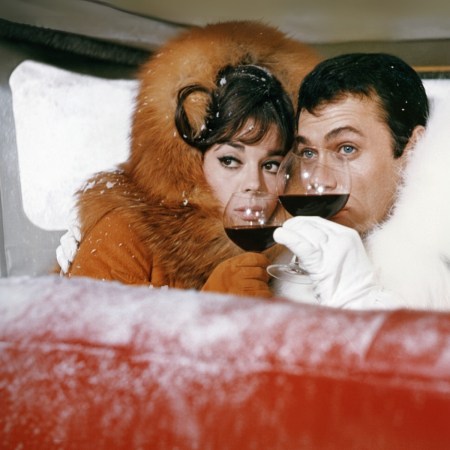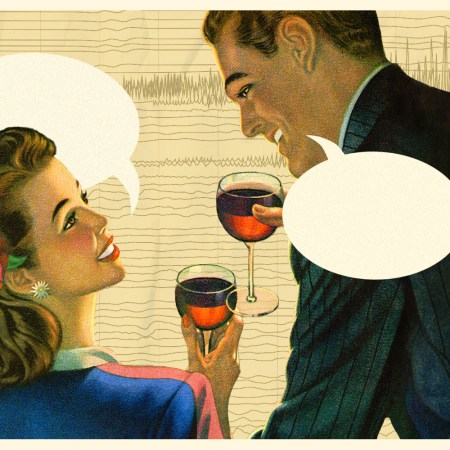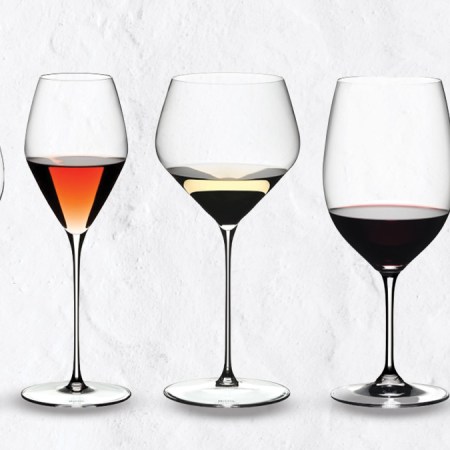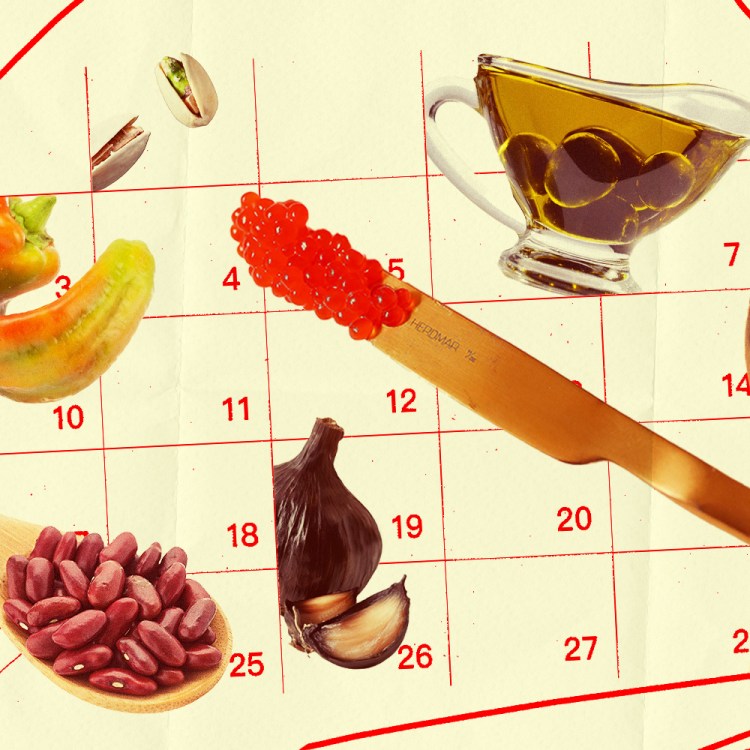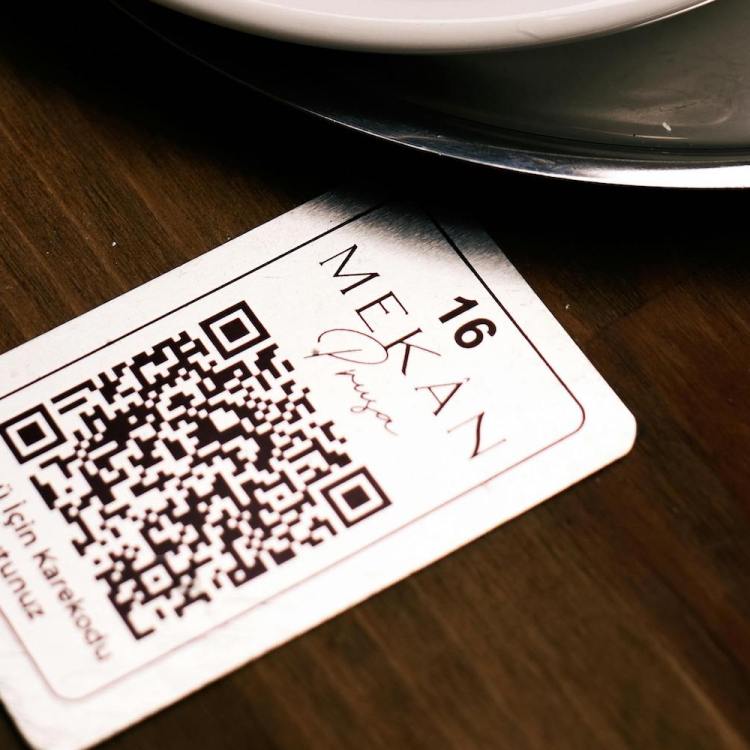If you want to learn about wine, you need to drink wine. Lots of it. Preferably high-quality wine, and a wide variety thereof.
Unfortunately for many would-be connoisseurs, the prospect of consuming said high-quality wine on a regular basis seems financially out of reach. To make matters worse, navigating grape varieties beyond the most popular (cabernet sauvignon, merlot, pinot noir, chardonnay, sauvignon blanc) can be daunting without extensive personal research and/or a knowledgeable wine merchant.
But there is a way to consistently enjoy world-class wine for $25 a bottle or less. I know because my cellar is stocked with that very thing, and will continue to be for the foreseeable future. It comes, however, with a catch: I don’t buy wine from California. And neither should you.
Why? Because the likelihood of buying a world-class wine from California for less than $25 a bottle is almost non-existent, and you deserve better.
I buy a lot of wine, ranging from bottles I intend to drink that day to bottles I expect to store for 20+ years, and I typically spend $15-$35 per bottle. You can find the occasional excellent Californian wine in the $20-$30 range, but most of the good stuff is $40+ (at the lower end). There are many reasons for this, ranging from sky-high land prices to competition for labor from the nascent cannabis industry, but while the California wine mafia may put a hit on me for saying this, your hard-earned dollars can be better spent elsewhere.
So where should you look for fine wine at bargain prices? For starters: Italy and Spain.
To help get you started on your oenological Eurotrip, let’s tackle the Big Man on Campus of California wine: cabernet sauvignon. Rich, powerful and tannic, cabernet sauvignon and the Bordeaux-style blends of which it is a common constituent are the perfect accompaniment for grilled/roasted meat and other heavy dishes (think steakhouse fare).
(Ed. note: Tannins are naturally occuring polyphenolic compounds found in the skins and seeds of grapes that cause an astringent feeling on the palate and can increase the longevity of wine.)
Just to get it out of the way, “real” Bordeaux (from France) is 100% worth buying, but it is also some of the most expensive and exclusive wine in the world. While there are some fantastic Bordeaux wines in the sub-$25 price range, more often than not these will be merlot- or cabernet franc-heavy blends that may not have the same appeal to consumers accustomed to the grippy tannins and “big” body of Cali cabs.
California definitely makes some cabs and Bordeaux-style blends to rival the best from France, but prices tend to be sky-high and availability extremely limited. For perfectly rational economic reasons, less-expensive (sub-$25) California cabs and Bordeaux-style blends have an unfortunate tendency to taste overly ripe, overly fruity, overly alcoholic, overly oaked … overly a lot of things intended to increase the mass appeal of the wine while ruining it for the connoisseur. Sadly, sub-$25 Cali wines rarely express the unique place where the grapes were grown and the wine was made, or what wine people call terroir.
For two world-class “cab-killers” that do express terroir, try a Nebbiolo or Rioja.
Nebbiolo wines match beautifully with grilled/roasted beef, lamb, game and pig (not to mention the heavy pasta dishes and stews typical of northwestern Italian cuisine), while traditionally produced Rioja is a great stand-in for Bordeaux at a fraction of the price.
Here’s a closer look at each.
Nebbiolo
Image via Sokolin LLC
Nebbiolo is unquestionably one of the world’s finest wine grapes and well-known as the only grape permitted in the famous wines of the Italian DOCG regions of Barolo and Barbaresco. While a great Barolo or Barbaresco will set you back at least $35-$45, you can buy less rigorously regulated Langhe Nebbiolo and Nebbiolo d’Alba wines for $15-$25, and they will knock your f*cking wine-spotted socks off. Despite their sometimes light color, these are serious wines, with gripping tannins, complex flavors and soaring aromatics Due to their tannic structure and acid profile, Nebbiolo wines will generally keep for days after being opened, so don’t be afraid to re-cork the bottle (or use your preferred wine-preservation contraption) and enjoy a glass at your leisure.
Best of all for the burgeoning connoisseur, entry-level Nebbiolo can provide a bargain-priced introduction to the wines of the Piemonte region and the various house styles of the marquis Barolo and Barbaresco producers. Since pretty much all Barolo and Barbaresco producers also make a Nebbiolo, there are plenty of extremely high-quality options to explore.
One high-quality, consistent and well-distributed producer to look for is the Produttori del Barbaresco, one of the greatest winemaking collectives in the world. They produce a widely available Langhe Nebbiolo to accompany their Barbaresco normale and nine vineyard-specific Barbarescos.
Rioja
Image via Lopez de Heredia
Another excellent choice for a “cab-killer” is Rioja, one of the great wines of Spain, made from the tempranillo grape. While tempranillo is not as tannic as cabernet sauvignon, traditional Rioja — which is to say Rioja that has been aged for a long time in American oak barrels — bears a distinct resemblance to Bordeaux for historical reasons that I will spare you. Simplistically, just remember that wood contains tannins, just like grape seeds and skins, and the more time wine spends aging in oak barrels, the more wood tannins are extracted into the wine, which in turn helps the wine to stand up to robust foods like a steak.
Traditional Rioja is designated as rioja (less than one year of aging), crianza (aged at least two years), reserva (aged at least three years, one in oak) and gran reserva (aged at least five years, two in oak). Despite all that aging (time=$$$), these wines are surprisingly affordable. You can buy killer crianza for around $20, and for $30-$40 you can drink some of the best reserva that exists.
Next time you decide to head to the craft butcher to get a fancy hunk of meat, do yourself a favor and grab a bottle of Rioja reserva from Lopez de Heredia or La Rioja Alta (look for these superb values at nice steakhouses and Spanish restaurants). Then thank me later.
Serving tips:
- Pop the cork or decant young bottles of Nebbiolo a couple hours in advance of drinking to allow for extra oxygen exposure, which will help some of the tannins to bind together and drop to the bottom of the bottle, making the wine taste softer.
- DO NOT decant traditional Rioja before drinking. These wines tend to be relatively delicate and may taste bad (oxidized) if over-oxygenated.
Until next time, keep on drinking better wine for less.
About the Millennial Gourmet: Wine enthusiast and collector striving to demystify and democratize wine and fine spirits.
Main image via La Rioja Alta
Every Thursday, our resident experts see to it that you’re up to date on the latest from the world of drinks. Trend reports, bottle reviews, cocktail recipes and more. Sign up for THE SPILL now.


